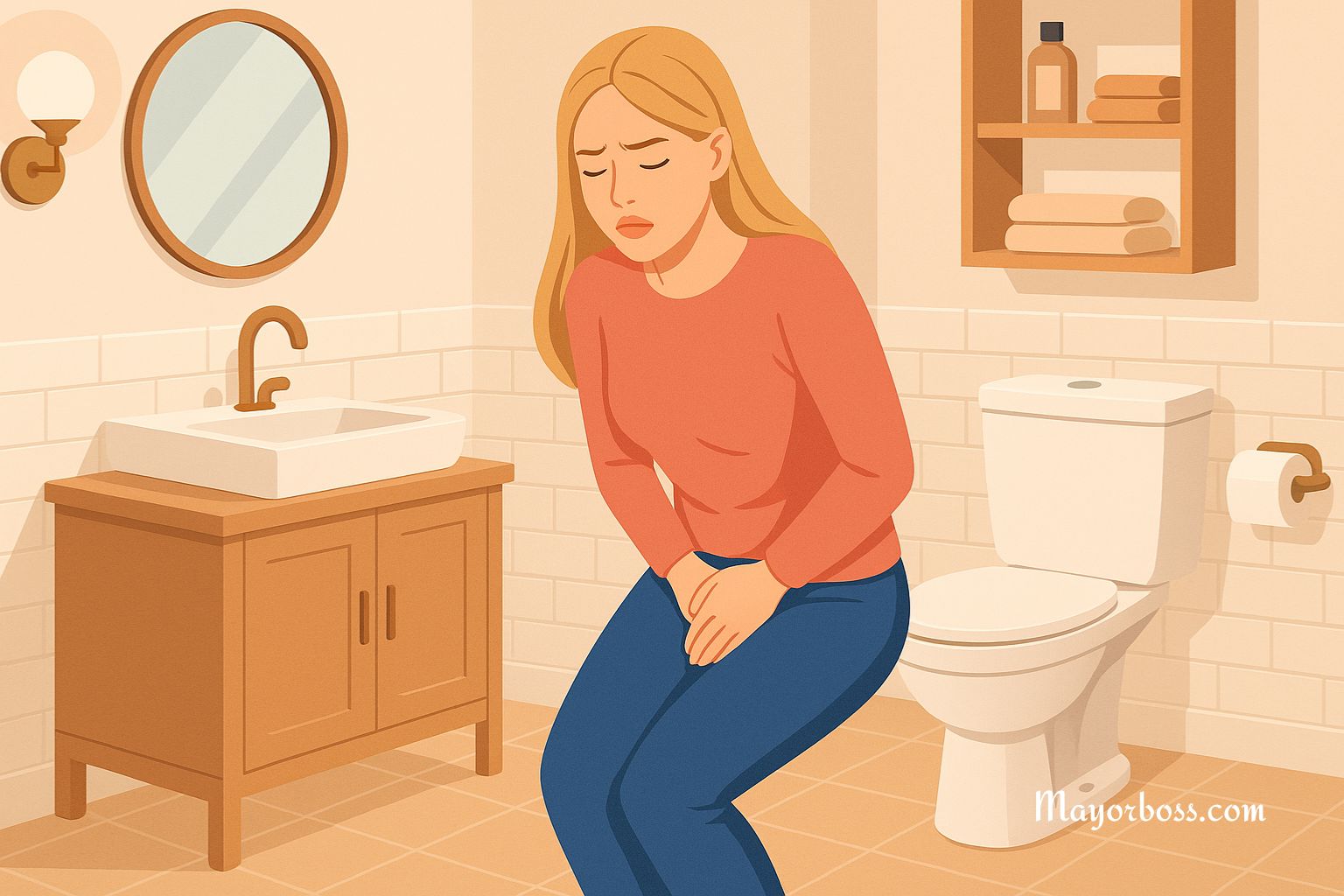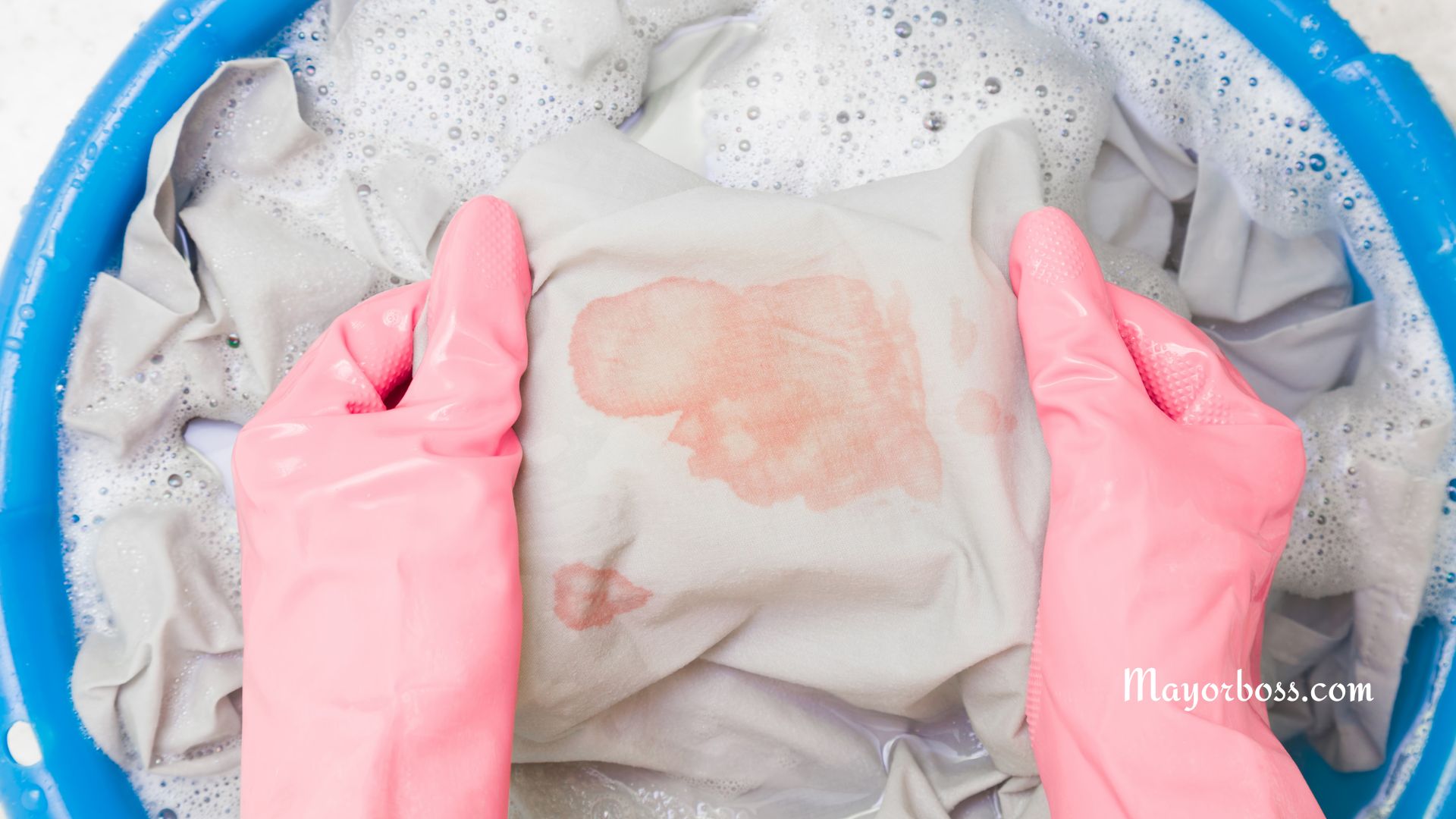5 Causes of a Bladder Infection in Women
Bladder infections, also called cystitis, or urinary tract infections (UTIs), are common in women. They happen when bacteria enter the bladder and begin to multiply. While some cases are mild, others can become serious if left untreated. Knowing what causes them can help you protect your health.
Here are five of the most common causes of bladder infections in women:

1. Bacteria from the Rectum Entering the Urethra
One of the main causes of bladder infections is the transfer of bacteria, especially Escherichia coli (E. coli), from the rectum to the urethra. The urethra is the tube that carries urine out of the body. In women, the urethra is short and close to the anus. This makes it easier for bacteria to reach the bladder.
Wiping from back to front after using the toilet can bring bacteria toward the urethra. Sexual activity can also push bacteria into the urinary tract.
How to reduce your risk:
- Wipe from front to back
- Urinate after sex
- Avoid harsh soaps or douches near the genital area
2. Sexual Activity
Sex can introduce bacteria into the urinary tract. Some women are more prone to infections after intercourse, a condition known as “honeymoon cystitis.” During sex, pressure on the bladder and urethra may allow bacteria to travel upward.
How to reduce your risk:
- Urinate shortly after sex
- Clean the genital area before and after intimacy
- Stay well hydrated to help flush out bacteria
3. Holding Urine for Too Long
When you avoid urinating for long periods, bacteria can build up in the bladder. Urine helps remove waste and bacteria from the body. But when urine sits in the bladder too long, it creates an environment for bacteria to grow and multiply.
How to reduce your risk:
- Don’t hold urine for too long
- Try to empty your bladder every 3 to 4 hours during the day
- Pay attention to your body’s signals
4. Unwashed Penis During Sexual Activity
If a male partner does not clean his penis properly, bacteria and other germs can be introduced into the woman’s urethra during sex. The area under the foreskin, especially in uncircumcised men, can harbor bacteria if not washed thoroughly. This can increase the chance of bladder infections in female partners.
Prevention tips:
- Encourage good hygiene in sexual partners
- Ensure the penis is washed before intercourse
- Use condoms if personal hygiene is uncertain
5. Use of Certain Products
Some personal care products can irritate the urethra or change the natural balance of bacteria. Products like scented bubble baths, vaginal sprays, or douches can cause inflammation and increase infection risk.
Certain birth control methods—such as diaphragms or spermicide-coated condoms—can also raise the chance of bladder infections.
How to reduce your risk:
- Avoid scented or harsh feminine products
- Choose unscented, gentle soaps
- Talk to your doctor about birth control options that are less likely to cause UTIs
Final Thoughts
Bladder infections are uncomfortable, but they are often preventable. Knowing the common causes—such as bacteria from the rectum, sexual activity, unwashed penis, holding urine, and product use—can help you take simple steps to protect your bladder health.
If you experience burning during urination, frequent urges to pee, or cloudy urine, don’t ignore it. Early treatment can prevent the infection from spreading to the kidneys.






